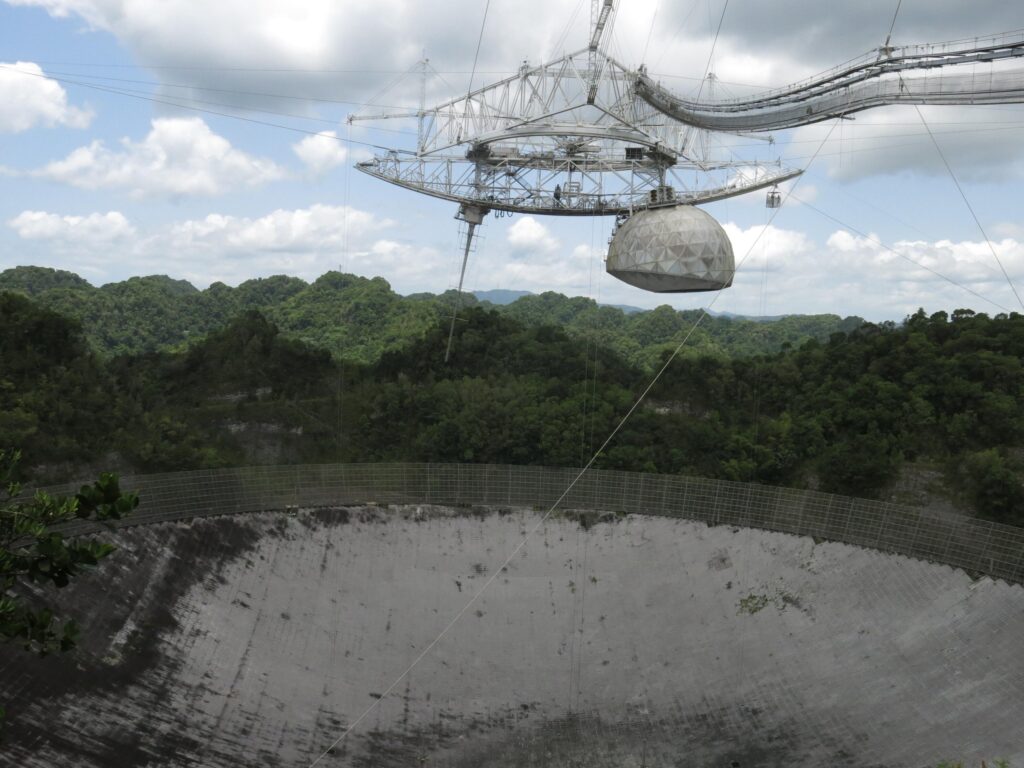Puerto Rico’s San Juan (AP) — When one of the largest radio telescopes in the world collapsed almost two years ago, the National Science Foundation stated on Thursday that it will not be rebuilt.
Instead, the organisation published a request for proposals for the construction of a $5 million education centre at the location to support partnerships and programmes in the fields of science, technology, engineering, and math.
The facility is expected to open in the northern mountain town of Arecibo, where the telescope was formerly situated, next year. It also seeks the installation of a research and workforce development programme.
The 12-meter radio telescope and the Lidar facility, which are used to investigate the upper atmosphere and ionosphere in order to analyse cloud cover and precipitation data, are examples of present infrastructure at the site that is still in use, although these services are not covered by the solicitation.
Scientists from all over the world who had spent years using the telescope at the Arecibo Observatory to look for planets, asteroids, and extraterrestrial life lamented the decision. Both the James Bond film “GoldenEye” and the Jodie Foster movie “Contact” made use of the 1,000-foot-wide (305-meter-wide) dish.
”
Previously, the reflector dish and the 900-ton platform suspended 450 feet above it allowed researchers to watch asteroids bound for Earth, carry out work that won a Nobel Prize, and evaluate whether a planet would be habitable.
According to Sean Jones, assistant director for NSF’s directorate of mathematics and physical sciences, “We recognise how much the site has meant to the community.” “If you’re a radio astronomer, you’ve probably spent some time of your career at Arecibo.
However, all study came to an abrupt halt in August 2020 when an auxiliary cable broke, creating a 100-foot hole in the dish and harming the dome above it. Three months later, the telescope’s main cable snapped, causing the NSF to declare the structure too unsafe and announce the telescope’s closure in November 2020.
The cable may have snapped due to a potential manufacturing defect, according to experts, but NSF officials indicated on Thursday that the study is still under progress.
The United States government has other radar facilities that can perform some of the work that Arecibo used to do, according to Jones, who stated in a phone interview that this is a factor in the decision to not reconstruct the telescope. He continued by saying that the NSF also planned to maintain the site for five years, which would cost at least $1 million year.
“This is a pivotal time.
According to James Moore, associate director for NSF’s education and human resource department, “the education component is crucial.”
He stated over the phone that the proposed teaching centre will meet the need for expanded STEM accessibility and inclusivity, which is one of the agency’s top priorities.
“It’s a way to augment some of the things that young people are getting in their schools or not getting,” he said..
The US decides not to repair the famous Puerto Rico telescope

